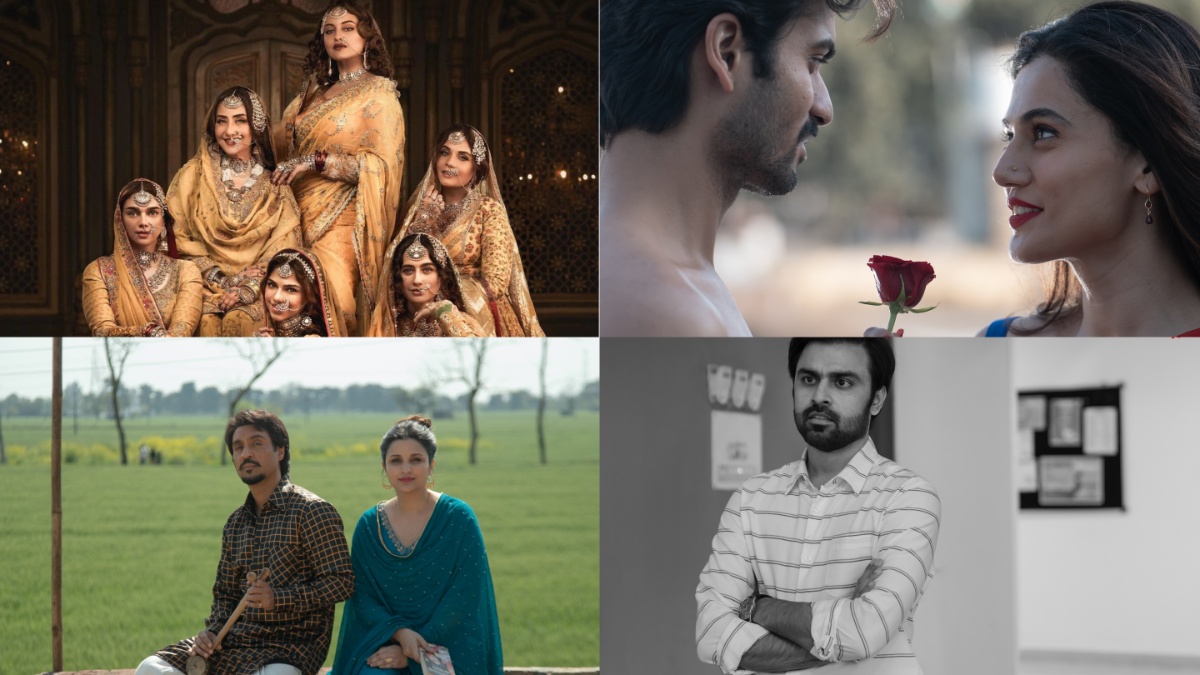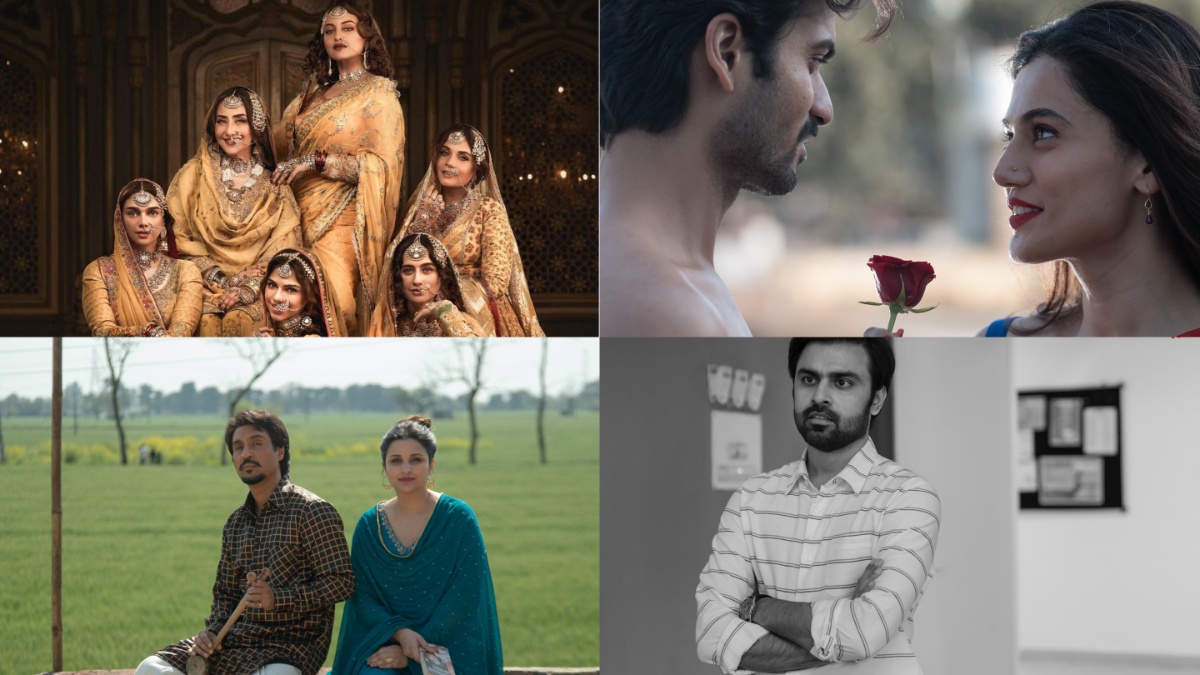Sanjay Leela Bhansali’s Padmavati is slated to release in December. But the film has already been in the news for its sheer opulence , a trailer that created quite the stir, and arguments regarding the historical accuracy behind the portrayals.
In January, Bhansali was attacked on the sets of the film in Jaipur by members of a Rajput group called Karni Sena, who believed that Bhansali’s film would display a romantic relationship between Deepika Padukone’s Queen Padmavati and Ranveer Singh’s Alauddin Khilji. This, according to them, would be a “distortion of historical facts”.
But is this really a tale based on fact?
While the Karni Sena has previously claimed they have no book with proof of Alauddin Khilji falling in love with Padmavati, stories told over time say something else. The legend of Padmavati, as known most commonly, states that Rani Padmavati, the wife of Maharawal Ratan Singh of Chittor (now Chittorgarh) was the most beautiful woman to exist (or an exaggeration along those lines). Alauddin Khilji was the Sultan of Delhi and ruler of the Khilji dynasty, at the same time, in the 13th-14th century. In a clash between Khilji and the Maharawal, the Sultan caught a glimpse of Padmavati and was enraptured by her beauty. He attempts to have the queen for himself, which leads to Ratan Singh fighting him, and losing. After killing Ratan Singh, when Khilji storms the Chittor fort, he finds that to avoid capture and preserve Rajput dignity, the women of the kingdom, including Queen Padmavati, had committed jauhar, i.e., killed themselves by jumping into fire.
But the thing about legends is that you’ll always find another version of the story.
A version written in 1589 by Hemratan places all the emphasis on Ratan Singh’s warrior, Gora, who dies fighting Khilji’s army and defending the Rajput empire, and ultimately, the Queen.
The 19th century British writer James Tod’s version eliminates Ratan Singh altogether, and has Padmavati married to Bhimsi, the uncle of Chittor’s contemporary ruler, Lakhamsi. This version also makes Khilji demand to see Padmavati’s beauty only through a mirror.
In a 1964 film version of the tale called Maharani Padmini, a disclaimer states: “The history of a slave-country is written by its rulers. Thus, facts travel more convincingly to us through bards and incidents narrated by word-of-mouth.”
The source central to this story is credited to one bard, Malik Muhamed Jayasi. Jayasi’s poem Padmavat, written in 1540 CE, two centuries after the events of the poem supposedly took place, is the source that inspired Bhansali’s creation.
In the poem, Jayasi himself calls his work allegorical, identifying Chittor as the body of man; Ratan Singh as the human soul; Padmavati as intelligence and wisdom; and Alauddin as maya or delusion.
And from these stories and their many versions, comes what we know of Padmavati today.


)




)
)
)
)
)
)
)
)